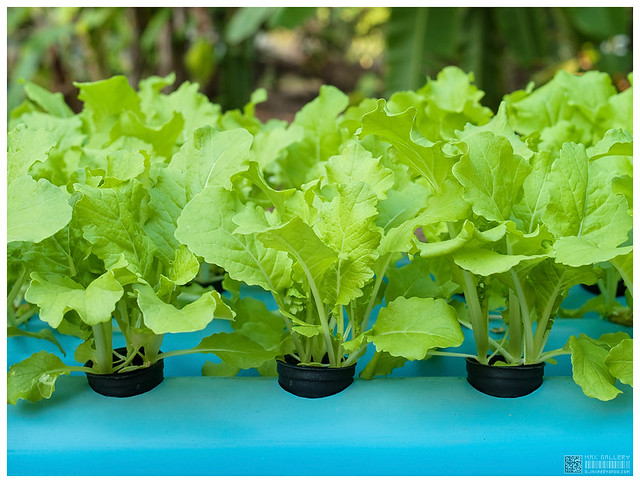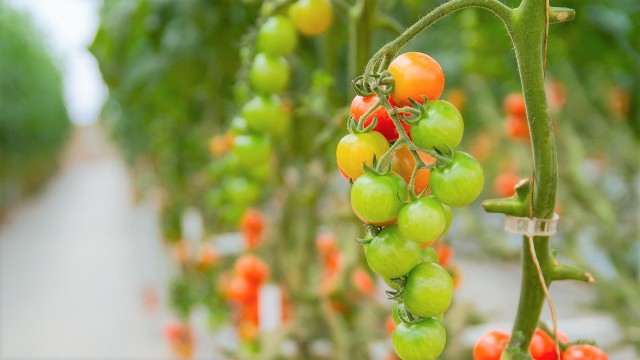The nutrient film technique is a hydroponic technique used by many indoor growers. Plants grow in a shallow stream of water containing nutrients that support plant growth. The roots absorb the nutrients, and the excess solution is recirculated.
The nutrient–rich water is recirculated through plant roots by a pump. Plants grow in grow trays and are suspended within holes at the top of the pipes to ensure their roots are in direct contact with the water.
If you’re new to NFT hydroponics, and you’re looking to maximize crop yields, you’re in the right place. Today, we’re going to share tips on how to maximize crop yields with the nutrient film technique. Here’s what you should do.
Prune Your Plants
This is one thing that most growers forget, but pruning plants can help increase their yield. Pruning means removing any dead or dying part of a plant. You can prune branches, leaves, buds, and stubs. Pruning makes room for new plant growth.
Rotting or dead plant parts cause a plant to work harder to promote new growth in those areas. This slows down the overall growth, and as a result, the yield. By removing the dead and damaged parts, you allow the plant to focus on growing the healthy areas.
Removing dead or dying branches, leaves, buds can also expose other plant parts to more light and air circulation. This helps reduce the incidence of disease and encourages fruit production.
Use Coco Coir

Growing certain plants in coco coir helps increase the crop yield. Coco allows plants to access the nutrients they need quickly, and this stimulates plant growth. We recommend coco coir for both beginners and experts because it makes growing hydroponic plants easy.
Coco coir is made from coconut husks and is environmentally friendly. It is used to suppress weeds and helps plants retain moisture. It can also be used as mulch to improve plant health.
You can also get compost made from pure coco coir fiber for your NFT system. It’s usually triple-washed to remove salts and impurities, and the fibers allow plant roots to access oxygen and retain nutrient-rich water.
Control the Temperature
If your NFT hydroponics system is located outside, you can’t control the temperature of your plants. But if you’re growing them indoors, you can control the temperature. When you control the environment where your plants grow, you can ensure a better yield.
Plants that are exposed to cold temperatures typically grow slower. And if you set the temperature too high, your plants will get damaged. A good temperature range for indoor gardens during the seedling and cloning stage is between 72 to 82°F (22.2 to 27.8°C). For the flowering stage, aim for 68-75° F during the day and no more than 10-15° F at night.
It’s also important to control the temperature of the nutrient solution. The optimal temperature is between 60° F and 75° F. Tomatoes and cucumbers do best near 75° F, while plants such as lettuce, strawberries, and alstroemeria prefer the lower end.
Provide Enough Light
Every hydroponic system needs sufficient light as lights make plants thrive and produce better yields. Many growers use LED grow lights because they are energy-efficient and can deliver the right spectrum of light for different stages of growth. When choosing grow lights, examine features like wattage, coverage area, color spectrum.
Remember, without good lighting, plants can’t grow because they need light for photosynthesis. Since plants have varying lighting needs, you can focus on one to two plants at a time—with similar lighting requirements.
Also, take the time to understand how hydroponic lights work. Artificial lights for NFT hydroponics should imitate natural light for outdoor gardening. The amount of light needed will depend on what type of plants you are growing.
Monitor Nutrient Levels

Hydroponic systems are less forgiving than soil-based systems. Nutrient problems can quickly affect plant growth and yields. For this reason, it’s important to monitor the nutrient solution regularly and plant nutrient status. If the nutrient levels are too low, they will inhibit growth; if they are too high, they could be toxic.
Since plants get all of their nutrients from the fertilizer solution, routinely monitor the nutrient levels and adjust the solution if necessary to ensure plants receive adequate nutrients.
Get a digital probe to measure the strength and pH of the nutrient solution daily. Take measurements at the same time every day. You can keep a diary to track plant changes. Don’t use paper strips or test tube drop kits as they won’t give you an accurate reading.
Optimize Growth Conditions
To maximize crop yield in hydroponics, you must improve growing conditions—the temperature, humidity, and pH levels. As we earlier said, most plants thrive in temperatures ranging from 65°F to 75°F. The best humidity levels for NFT hydroponics range from 50 to 75%. Also, check pH levels regularly to ensure your plants receive adequate nutrient absorption.
There you have it. That‘s how you can maximize crop yields with the nutrient film technique. Got any more tips? We’d love to hear them!
